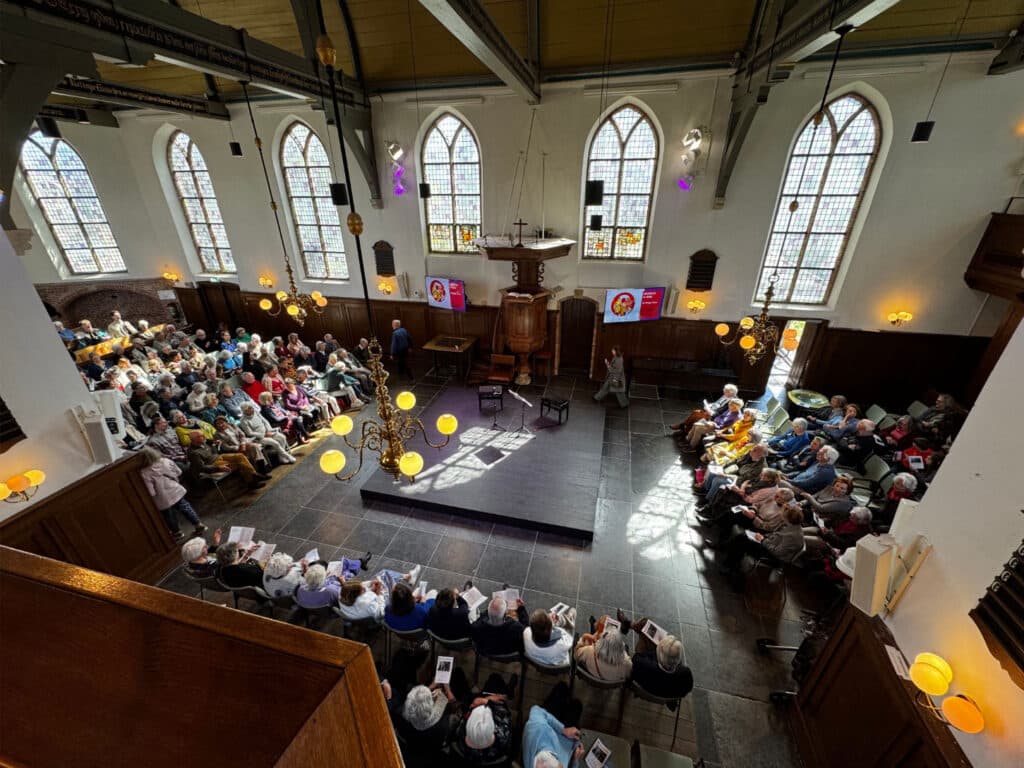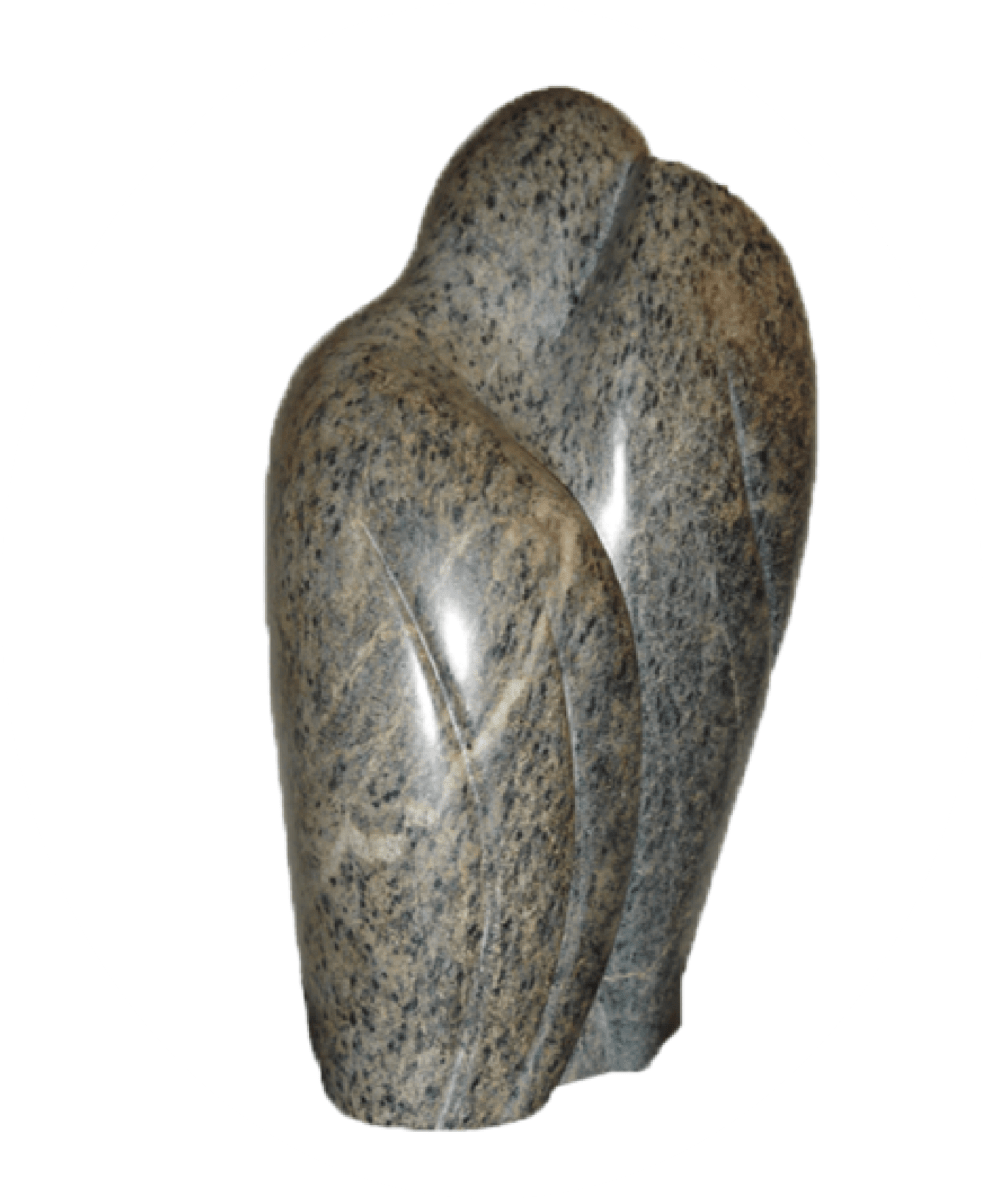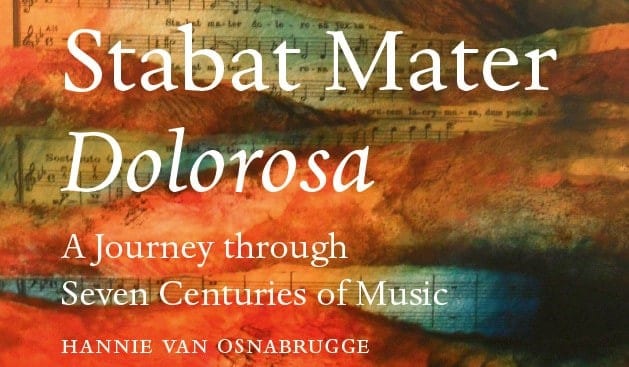The historic Oude Kerk in Heemstede was the perfect setting for Sunday’s moving performance of Pergolesi’s Stabat Mater. For the third year running, this masterpiece has been performed during Passiontide. This year featured a fresh twist: an arrangement for accordion, cello, soprano, and mezzo-soprano.

Award-winning accordionist Vincent van Amsterdam and cellist Diederik van Dijk accompanied soprano Titia van Heyst and mezzo-soprano Esther Kuiper in what can only be described as a revelatory performance. The accordion, under van Amsterdam’s masterful hands, transformed throughout the piece – sometimes mimicking an orchestra, other times taking on the character of woodwinds or organ. This rich palette of sounds, combined with van Dijk’s sensitive cello playing, created a surprisingly full and expressive foundation for the vocalists.
Both van Heyst and Kuiper delivered performances of exceptional clarity and emotional depth. Their voices blended beautifully in the duets while maintaining distinct characters in their solo sections. Particularly moving was their interpretation of “Fac ut ardeat cor meum,” where the intertwining vocal lines achieved a perfect balance of tension and beauty.
What made this concert especially intriguing was the thoughtful programming. As cellist van Dijk explained before the performance, the decision to preface Pergolesi’s work with pieces by Bach and Händel was deliberate – positioning these Baroque giants as a prelude to the younger Pergolesi’s masterpiece. This reversal of the usual historical hierarchy offered a fresh perspective on Pergolesi’s innovative harmonies and emotional directness.
The intimate atmosphere of the Oude Kerk enhanced the experience, with the audience visibly moved throughout the performance. In the final moments of “Quando corpus morietur” and the concluding “Amen,” the space seemed to hold its breath before erupting into warm applause.
This unique arrangement demonstrated that Pergolesi’s Stabat Mater remains not just a historical piece but a universal expression of grief that transcends time and conventional instrumentation. The performance confirmed that sometimes the most profound musical experiences come through reimagining rather than merely reproducing the past.




